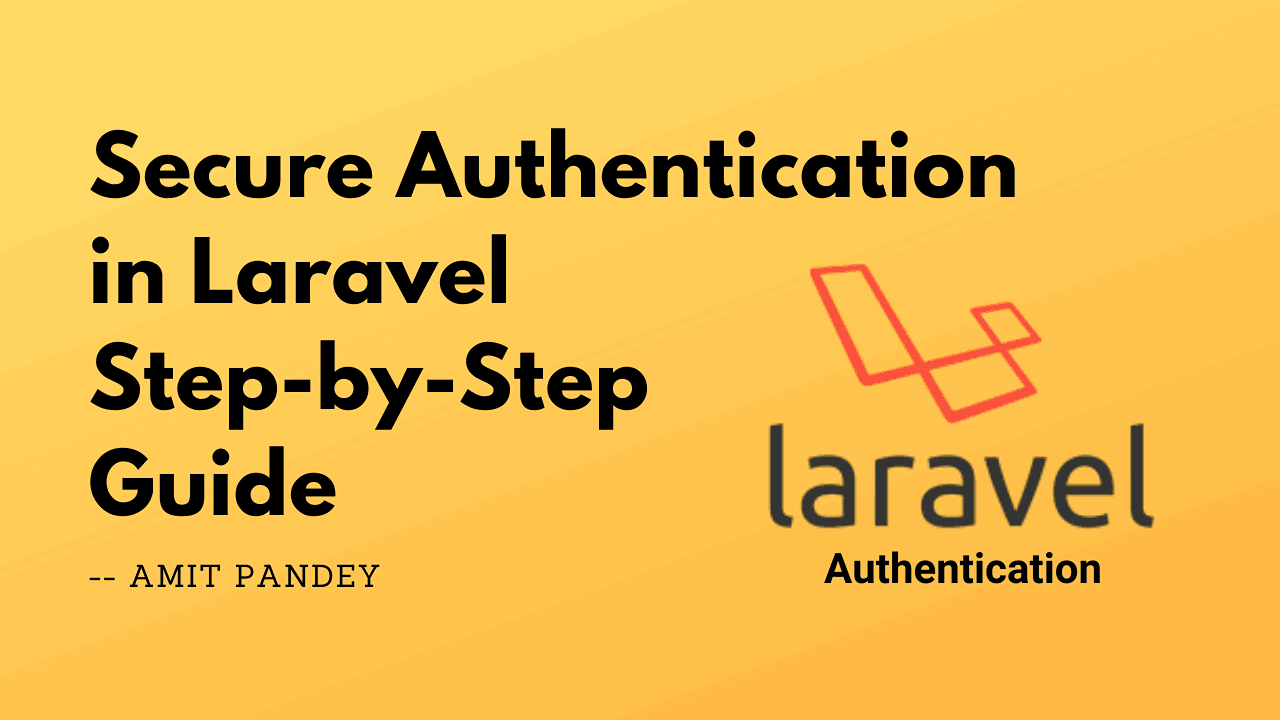Welcome to our guide on mastering field validation in Laravel 10! In this post, we'll explore the ins and outs of Laravel's field validation system, empowering you to ensure data integrity and security in your web applications.
Introduction
Laravel 10 stands out as one of the most popular PHP frameworks, renowned for its elegant syntax and powerful features. Among its many capabilities, Laravel offers robust field validation mechanisms, allowing developers to validate user input effortlessly.
Understanding Field Validation in Laravel 10
Field validation in Laravel 10 involves verifying the correctness and integrity of user-submitted data before processing it further. This ensures that only valid and expected data enters the application's workflow, reducing the risk of errors and security vulnerabilities.
Getting Started with Field Validation
To begin validating fields in Laravel 10, developers can leverage the framework's built-in validation rules. These rules cover a wide range of scenarios, from basic field presence to complex data formatting requirements.
- Installation and Setup: Laravel 10 comes bundled with a powerful validation component, eliminating the need for additional libraries or plugins.
- Validation Rules: Developers can specify validation rules directly within their controller methods or form request classes, making the validation process seamless and intuitive.
Example: Suppose we have a registration form with fields for username, email, and password. We can define validation rules to ensure that each field meets our criteria:
public function register(Request $request)
{
$validatedData = $request->validate([
'username' => 'required|string|max:255',
'email' => 'required|email|unique:users|max:255',
'password' => 'required|string|min:8|confirmed',
]);
// Process registration logic...
}Advanced Field Validation Techniques
While Laravel's built-in validation rules cover many common scenarios, developers may encounter situations that require more specialized validation techniques.
Validating Specific Fields in Laravel 10
In some cases, developers may need to validate specific fields within a form independently of the others. Laravel 10 provides a straightforward way to accomplish this, allowing developers to specify rules for individual fields.
- Conditional Validation: Laravel's validation system supports conditional validation, enabling developers to apply rules based on the value of other fields.
Example: Let's say we have a form with an "age" field that should only be required if the user selects a certain option in another field. We can achieve this using conditional validation:
$validatedData = $request->validate([
'name' => 'required|string|max:255',
'email' => 'required|email|unique:users|max:255',
'age' => 'required_if:is_adult,true|integer|min:18',
]);Custom Validation Rules
In addition to Laravel's built-in validation rules, developers can create custom rules tailored to their application's specific requirements.
- Flexibility: Custom validation rules offer unparalleled flexibility, allowing developers to enforce complex business logic with ease.
- Reusability: Once defined, custom validation rules can be reused across multiple parts of an application, promoting code maintainability and consistency.
Example: Suppose we need to validate that a given input contains only alphabetic characters. We can define a custom validation rule to accomplish this:
Validator::extend('alpha_only', function ($attribute, $value, $parameters, $validator) {
return preg_match('/^[a-zA-Z]+$/', $value);
});Best Practices for Field Validation
To maximize the effectiveness of field validation in Laravel 10, developers should adhere to a set of best practices:
- Consistency: Maintain consistency in validation rules across the application to streamline development and maintenance.
- Error Handling: Implement clear and user-friendly error messages to guide users in correcting invalid input.
- Organizational Strategies: Organize validation rules logically within controllers or form request classes to enhance code readability and maintainability.
Advantages and Disadvantages of Field Validation in Laravel 10
Advantages:
- Simplified Development: Laravel's validation system simplifies the process of validating user input, reducing development time and effort.
- Enhanced Security: By validating input data, developers can mitigate the risk of security vulnerabilities such as SQL injection and cross-site scripting (XSS) attacks.
Disadvantages:
- Overhead: Excessive validation logic can introduce performance overhead, impacting the responsiveness of the application.
- Complexity: Complex validation requirements may necessitate custom validation rules, increasing the complexity of the codebase.
FAQs (Frequently Asked Questions)
What is field validation?
Field validation involves verifying the correctness and integrity of user-submitted data before processing it further within an application.
How does Laravel 10 handle field validation?
Laravel 10 provides a comprehensive validation system that allows developers to define validation rules for form inputs and other data. These rules are enforced automatically, ensuring that only valid data is accepted.
Can I customize validation error messages in Laravel?
Yes, Laravel allows developers to customize validation error messages to provide meaningful feedback to users.
Is field validation necessary for every form in a Laravel application?
While not strictly necessary for every form, field validation is highly recommended to maintain data integrity and security.
How do I validate file uploads in Laravel 10?
Laravel provides validation rules specifically for file uploads, allowing developers to enforce constraints such as file type, size, and presence.
Conclusion
Mastering field validation in Laravel 10 is essential for building secure and reliable web applications. By understanding the principles and techniques outlined in this guide, developers can ensure data integrity and enhance the overall user experience.
Have any questions or insights to share? We'd love to hear from you in the comments below!


Write a comment